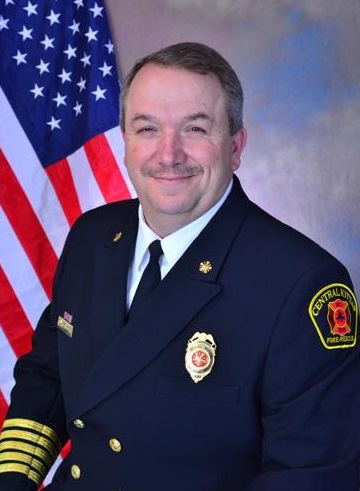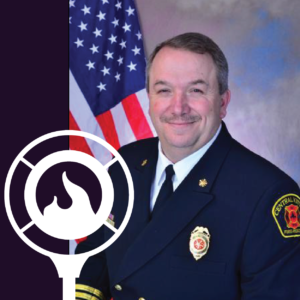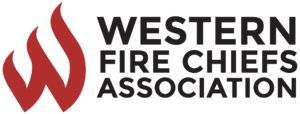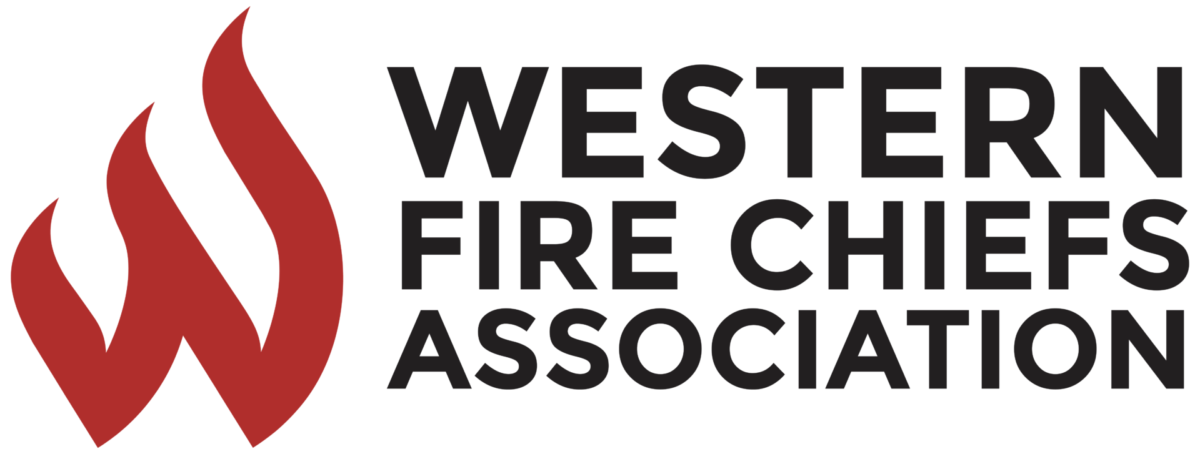E12: A Bond Measure Success Story w/ John Oliver (Part I)
October 18, 2021

What happens when 9 out of your 10 fire stations need structural improvements or outright replacement? In this episode, Central Kitsap Fire & Rescue (CKFR) Chief John Oliver explains how his special district was able to pass a $60M capital facilities bond, the 2nd largest in Washington State history, in order to fund essential upgrades for 90% of CKFR’s buildings. Regardless of size or budget, Chief Oliver has tips to help your agency prepare bond measures and levies in a new and highly effective way.
No time to listen to the whole episode? View our show notes summary below:
E12 Show Notes
What happens when 9 out of your 10 fire stations need structural improvements or outright replacement? This is the question Chief John Oliver of Central Kitsap Fire & Rescue faced in his third year as head of the department.

Chief John Oliver
[email protected]
https://www.ckfr.org/
Chief Oliver’s fire service career began in 1985, and he spent 31 years in Oregon’s fire service before retiring from Clackamas Fire District #1 in 2015 to begin his second career in Washington. He possesses an Associate’s Degree in Fire Science, a Bachelor’s Degree in Fire Administration and is also an active member of civic organizations including the Rotary Club of Silverdale. Guided by his personal vision statement of “Pride is the path to excellence,” John embraces challenges and finds human capital to be an untapped and unlimited resource in today’s fire service.
Excerpts:
The Need for a Facilities Bond:
“Our product that we produce is a firefighter. And that is about 80% of my budget. In order to fund major capital projects, often we have to go to the voters.” [1:47]
“Although it was laborious, it took us almost three years to get a comprehensive facilities plan completed, I believe it was one of the more important things that we did on this journey. Because one, you know, you never want to go to the voters and be unprepared, and then you never want to promise something to the voters that you cannot deliver.” [3:07]
“There was nothing in this plan that surprised us. So really what it did is it substantiated the problems and the challenges that we had.” [3:57]
“My agency is a conglomeration of multiple small fire districts that have come together over time. Many of those fire stations were placed by the autonomous little fire district where they thought it was a good spot, or somebody donated some land. So, when you actually come together to be a big fire department of ten fire stations, you find that about half of them are in the wrong place. We really had to relocate four of our ten fire stations to better serve our citizens.” [4:46]
“We found we wanted to expand. We had the personnel. We literally couldn’t move into the stations that we needed.” [5:46]
“Response times, living quarters, and gender neutral, diverse accommodations were everyday challenges – and even are challenges today as we’re building some of thesethings.” [6:10]
“To ask our community to do a wholesale change of almost every one of our facilities was a significant ask – but that ask begins years before the ballot lands. Exemplary customer service, compassion for my employees in our citizens’ times of need, being there when our citizens need us in their most dire times, really really sets the stage for the big ask.” [6:43]
A New Approach to an Old Process:
“Fire Chiefs generally cut and paste, right? I have to go to the ballot for EMS levies and apparatus bonds, and all that stuff, and it’s easy for me to go to my files and just cut and paste that ballot, language, and titles and all that stuff... and go forth in the traditional way. But this time we didn’t not only get out of the box, we threw the box away… We hired a public affairs firm and [they] helped us craft key messages… Those four messages then were used in every printed document, every spoken word, every electronic media, every editorial board.” [8:36]
“One of the things the public affairs company helped us on is messaging things in the layperson’s terms, and not using fire service acronyms.” [9:40]
Central Ideas Used in the Campaign [10:04]
The New Standard for Success:
“Our fire district right next to us that did fail their bond using a traditional approach – they came to us and used our recipe, and they passed their EMS levy right next to us with the same margins.” [13:09]
“The size of it wasn’t the question. When I first started, I go ‘Wow, should I do all nine of my fire stations at once?’... That’s not the question. The question is: what do we need and why? And if you can communicate that effectively, what we found is our citizens rallied behind us like we’ve never seen.” [14:27]
Notable:
“I really leveraged our internal human capital – the deeper I dug the more I found. I found savants out there in my fire stations that could analyze data and build GIS studies; it was fascinating what we could do together. Additionally, working closely with my IAFF union [and]garnering community partners. Our school district here has been very successful and well supported, and I went to our school district and met with them to say – ‘OK, how do you pass a bond to build a new high school?’ You don’t need to go out and hire a public affairs firm, you can reach out to those people in and around you that are successful.” [11:03]

